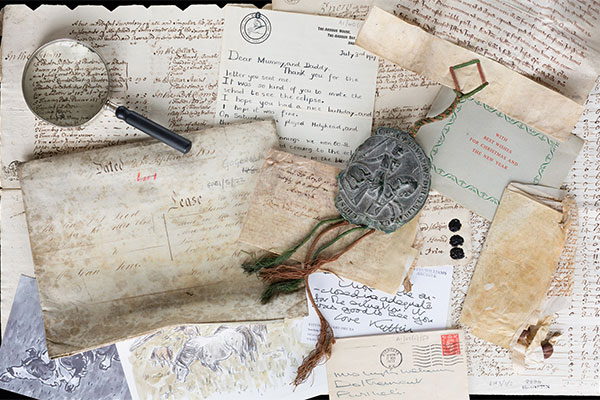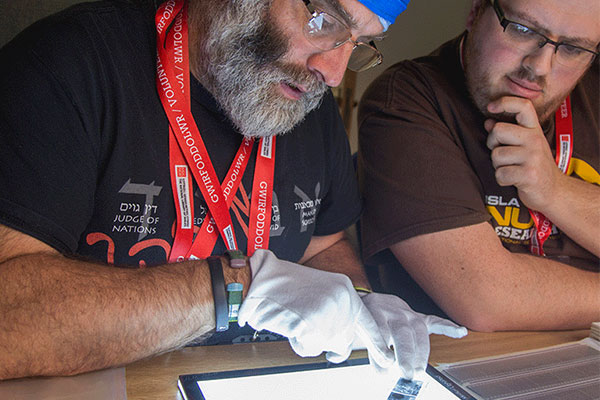Trysorfa’r Plantand Cymru’r Plant
In 1862 the first issue of Trysorfa'r plant [The Children's treasury] appeared, edited by Thomas Levi on behalf of the union of Calvinistic Methodists. This magazine had no serious rival in popularity, and its circulation was considerable among readers of all denominations. Thomas Levi knew exactly what appealed to children, and saw to it that each issue contained a variety of material in clear, simple language.
By 1881 ‘Trysorfa'r plant’ sold 40,000 copies a month and its editors claimed that over 1.5 million copies were sold between 1862 and 1911.
In 1892 Owen M Edwards established Cymru'r plant and succeeded in breaking the monopoly of the religious denominations over children's periodicals. Owen Edwards was an especially talented author and writer, and every issue of his magazine bears evidence of planning in careful detail. He aimed at a varied content, including:
- stories
- articles on science
- articles on animals
- articles on plants
- the history and literature of Wales.
He also ensured that he had an abundance of interesting illustrations, which gave his publication a completely modern image. In the wake of his success Cymru'r plant fostered a generation of new authors writing for children and young people, including Winnie Parry, Richard Morgan and Eluned Morgan.




